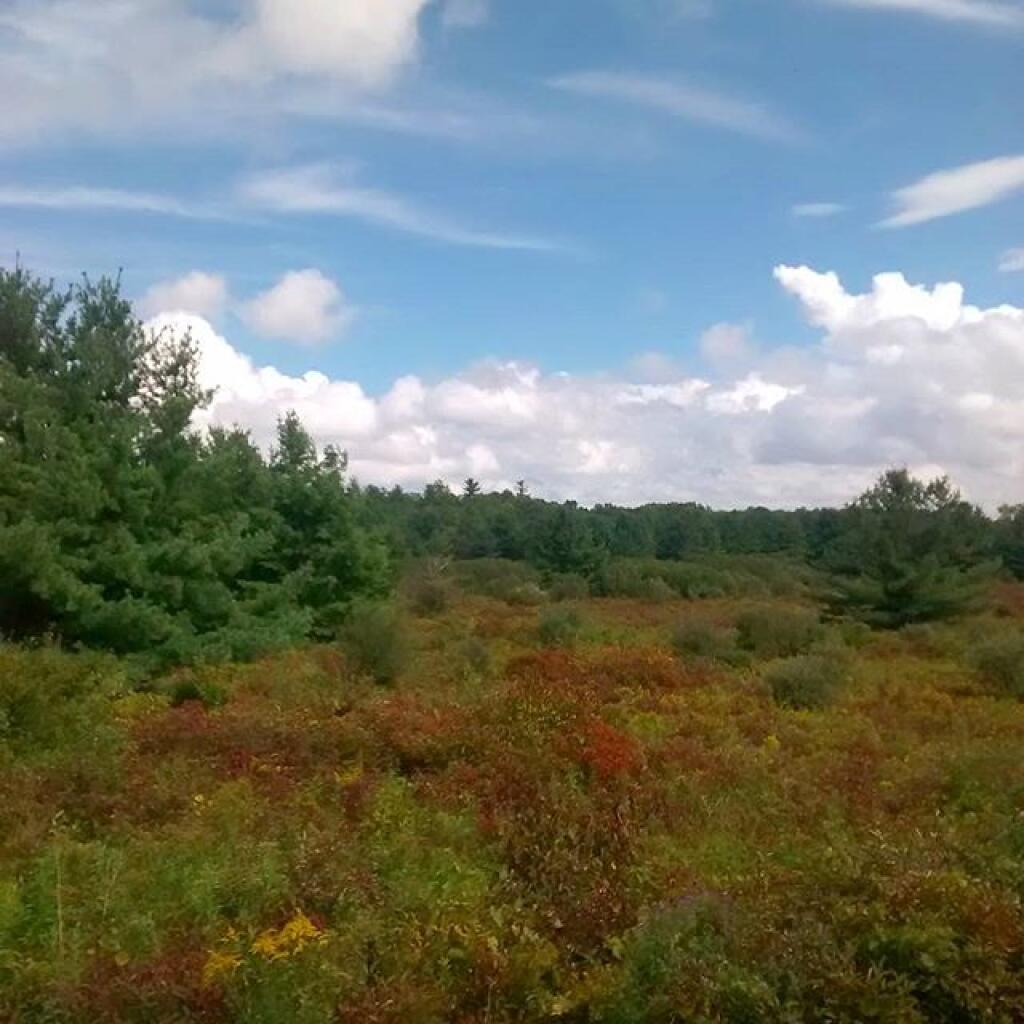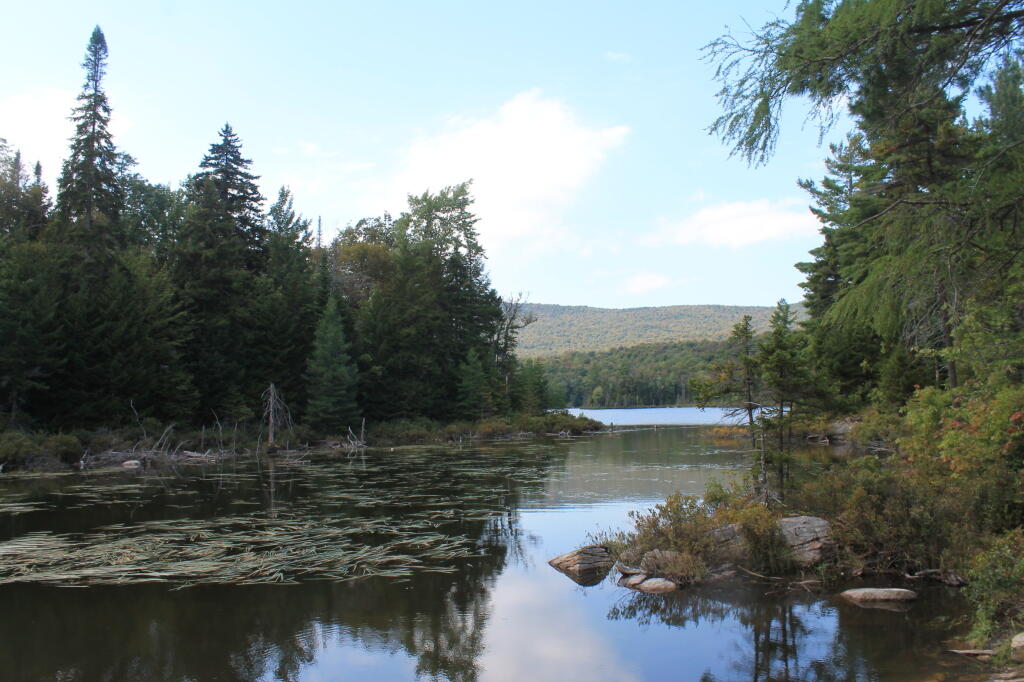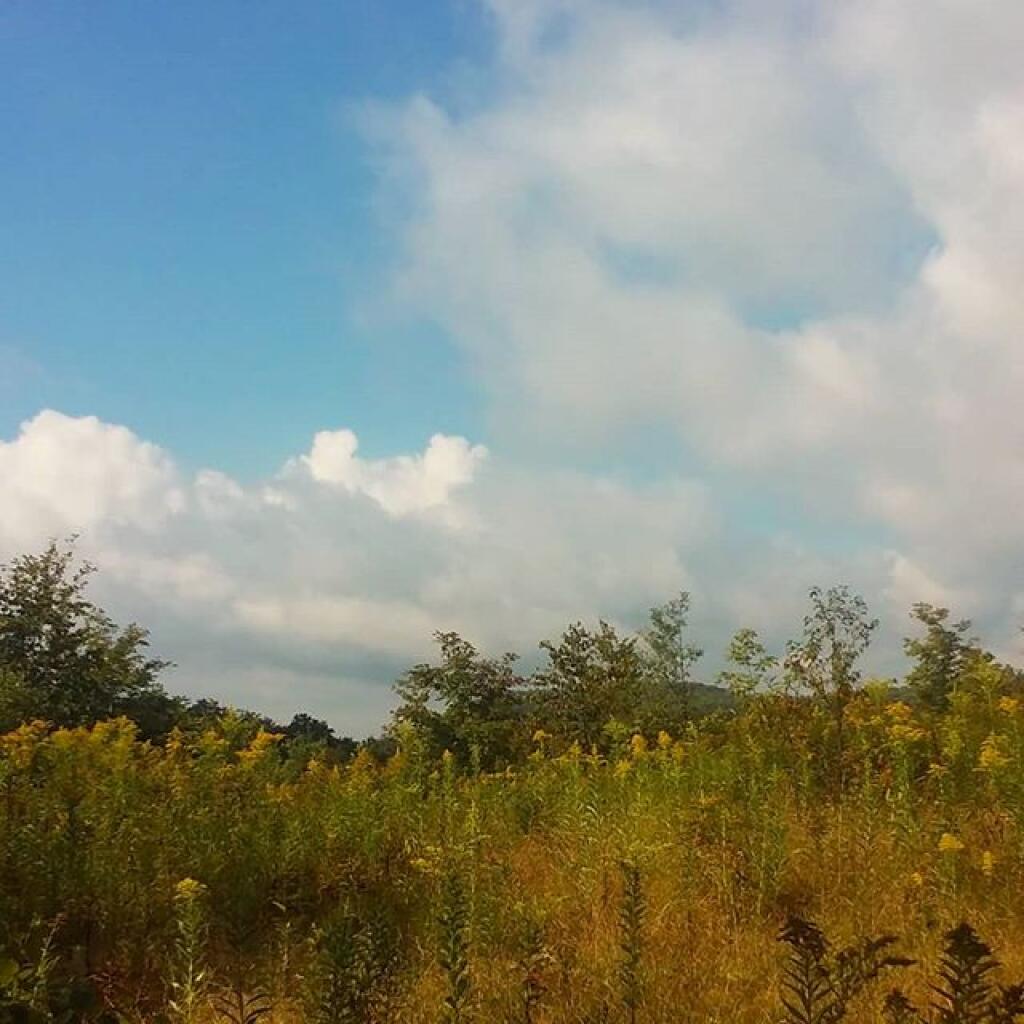M-44 and Coyotes
I’ve been reading about the latest controversy over the continued approval of M-14 sodium cyanide for coyote control in certain western states. Some observations I have:
- Traditional foothold traps are best for catching and dispatching coyotes. With a foothold you can check to ensure you’ve reached the target species before dispatching the coyote with your firearm. After you’ve killed the coyote, you can recover the pelt in good condition for sale.
- Running trap lines in very remote country can be challenging as you have to check have the traps every 24 hours or maybe 48 hours to see if you have gotten anything in the trap. The M-44 traps kill the animal and don’t need to be checked daily.
- Supposedly, the M-44 sodium cyanide baits break down quickly and does not bio-accumulate but I would still be worried about secondary poisoning of eagles and other raptors. Nature picks up after dead carcasses as they’re just food to other species and you don’t want to kill non targeted species.
- Don’t kid yourself, coyotes are an enormous problem on the modem ecosystem. Yes, they do help keep field mice and certain other species in check. But they also a ample breeders with limited predators. They kill deer, elk, and other game species – along with attacking calves and even cattle giving birth. Nature ain’t pretty, coyotes do whatever they have to survive.
- While I don’t support killing animals without a purpose, I do think predators must be kept in check as humans are putting pressures on other parts of the ecosystem and need to keep balance. Regulated trapping can and does help to control wildlife population.
- I think it’s reasonable to consider ways to get more people to hunt and trap coyotes in areas where they are a nuisance by subsidizing pelt sales, promoting the market for coyote fur, placing a bounty on coyotes and hosting coyote hunting contests.
- Sometimes unpleasant things are necessary to protect our natural resources. Nature isn’t always pretty. But the coyote that can be harvested via hunting and trapping, the more we can avoid using potentially harmful poisons like M-44.
Who really owns American farmland? – The New Food Economy
We’re used to thinking of escalating rents as an urban problem, something suffered mostly by the citizens of booming cities. So when city people look out over a farm—whether they see corn stalks, or long rows of fruit bushes, or cattle herds roving across wild grasses—the price of real estate is probably the last thing that’s going to come to mind. But the soil under farmers’ feet has become much more valuable in the past decade. While urban commercial real estate has skyrocketed in places like New York, San Francisco, and Washington, D.C., powerful investors have also sought to turn a profit by investing in the most valuable rural real estate: farmland. It’s a trend that’s driving up costs up for the people who grow our food, and—slowly—it’s started to change the economics of American agriculture.
Wheatfield Ave
Another empty street in the Love Canal neighborhood.
Taken on Thursday September 25, 2008 at Love Canal.Wakely Pond
‘Explosion’ in Central New York? Probably a sonic boom from a meteor, expert says – syracuse.com
Central New Yorkers who heard a loud, explosive-like sound around 5:15 p.m. probably heard a sonic boom from a meteor Labor Day evening, an expert said.
A witness in the town of Clay told syracuse.com the noise was a single, loud “boom.” Several people called 911 to report what they’d heard. A few reported seeing a “fireball” to the American Meteor Society.
That evidence points to a sonic boom created by a meteor burning up in the earth’s atmosphere, said Robert Lunsford from the American Meteor Society.
“This is nothing to worry about,” Lunsford said. “It happens all the time.”
Lunsford said most meteors that enter the earth’s atmosphere are the size of a pebble and go unnoticed. Occasionally, a meteor the size of a softball or larger enters the atmosphere, and can create a light brighter than the moon -- and an audible sound, if the meteor burns up low enough in the atmosphere, Lunsford said.
Lunsford said seven people across Upstate New York, Pennsylvania and Canada made official reports to the American Meteor Society saying they saw a fireball.



